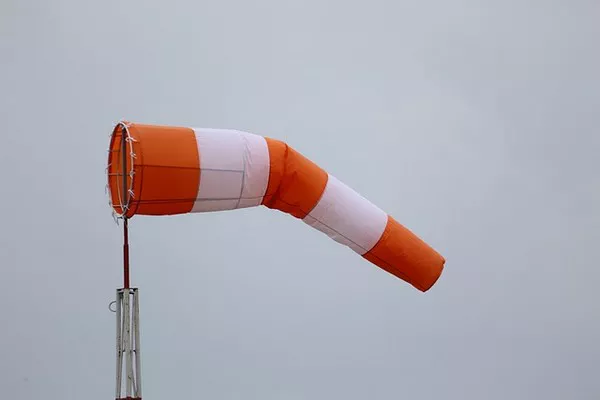In the realm of meteorological instruments, the anemometer stands as a pivotal device, diligently deciphering the enigmatic movements of wind. Rooted in scientific principles and engineering ingenuity, this instrument has played a crucial role in understanding atmospheric dynamics and predicting weather patterns. As we delve into the mechanics and functioning of the anemometer, a fascinating world of wind measurement unfolds.
Defining the Anemometer:
The anemometer is a sophisticated meteorological tool dedicated to measuring wind speed, a fundamental aspect of weather analysis and forecasting. Derived from the Greek word “anemos” (meaning wind) and “metron” (meaning measure), the anemometer provides essential data for aviation, agriculture, energy, and environmental studies.
Types of Anemometers:
A variety of anemometer designs exist, each catering to different applications and preferences. Among these, the cup anemometer, vane anemometer, hot-wire anemometer, and sonic anemometer are notable.
1. Cup Anemometer:
One of the most recognized designs, the cup anemometer employs rotating cups attached to horizontal arms. As wind flows, the cups rotate, and their speed of rotation is directly proportional to the wind speed. These rotations are then converted into precise wind speed measurements.
2. Vane Anemometer:
This design incorporates a wind vane that pivots around a vertical axis. The vane aligns itself with the wind’s direction, while its angular displacement serves as a measure of wind speed. Combining a vane anemometer with a cup anemometer yields comprehensive data on both wind speed and direction.
3. Hot-Wire Anemometer:
Operating on the principle of convective heat loss, the hot-wire anemometer employs a heated wire exposed to the wind. The cooling effect caused by the wind alters the wire’s temperature, enabling accurate wind speed measurement.
4. Sonic Anemometer:
This advanced design employs ultrasonic sound waves to measure wind speed and direction. Transducers emit sound waves in multiple directions, and the time taken for sound to travel between transducers provides information about wind velocity. Sonic anemometers excel in capturing turbulent and multidirectional wind patterns.
Principles of Operation:
Cup and Vane Anemometers:
In cup and vane anemometers, aerodynamic forces and mechanical rotations play pivotal roles. As wind flows over the cups of a cup anemometer, the cups experience drag, inducing rotation. The rate of rotation correlates with wind speed, allowing for accurate measurement. Similarly, vane anemometers utilize the force of the wind on a pivoting vane to measure wind speed. These traditional anemometer designs capitalize on the interplay between air resistance and mechanical motion.
Hot-Wire Anemometers:
Hot-wire anemometers operate based on the principle of convective heat loss. A thin wire, heated to a constant temperature, is exposed to the wind. As air flows across the wire, it cools down the wire, altering its resistance. This change in resistance is proportional to the wind speed. The anemometer’s circuitry measures the altered resistance and converts it into a precise wind speed reading.
Sonic Anemometers:
Sonic anemometers revolutionize wind measurement with ultrasonic technology. The instrument comprises multiple pairs of transducers, each transmitting and receiving ultrasonic pulses. The speed of sound waves traveling between transducers depends on wind speed and direction. By analyzing the time taken for these waves to travel, the sonic anemometer calculates wind speed in various directions, offering a comprehensive view of atmospheric dynamics.
Advancements and Applications:
As technology evolves, anemometers continue to advance, enhancing their precision and capabilities. Modern anemometers often integrate digital interfaces, wireless communication, and compatibility with weather networks. These improvements foster real-time data collection, enabling meteorologists and researchers to gain insights into complex wind patterns and atmospheric phenomena.
The applications of anemometers extend beyond weather forecasting. Aviation relies on accurate wind speed data to ensure safe takeoffs, landings, and flight paths. Agriculture benefits from wind measurements for crop management and pest control. Renewable energy, particularly wind power generation, hinges on understanding wind behavior for optimal turbine placement and efficiency.
Conclusion:
The anemometer stands as a testament to the intersection of scientific inquiry and engineering innovation. This unassuming instrument unravels the mysteries of wind, contributing to our understanding of atmospheric dynamics and the delicate balance that governs weather patterns. From the elegant rotations of cup anemometers to the ultrasonic dance of sonic anemometers, each design offers a unique lens through which we peer into the invisible force that shapes our environment. As technology propels anemometers into new realms of precision and connectivity, their role remains indispensable in unraveling the complex tapestry of wind’s behavior and impact.

